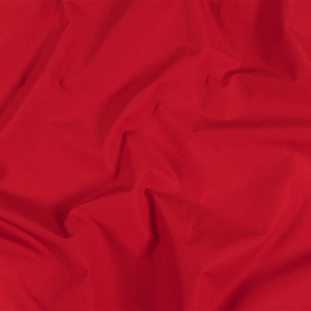Deadstock
Discover these drop dead gorgeous fabrics, trims, and buttons with limited stock—Shop now before they’re gone forever! Deadstock is surplus material from a mill’s production run. Purchasing deadstock prevents these fabulous, limited-stock items from being sent to landfills, making them a more sustainable option. Keep in mind—once they’re gone, they’re gone!
-
 Almost Sold Out! Only 7.5 Left.
Almost Sold Out! Only 7.5 Left.Designer: Famous NYC Designer
Usually ships within 1 business day
$24.99 $19.99 / Yard
Discover these drop dead gorgeous fabrics, trims, and buttons with limited stock—Shop now before they’re gone forever! Deadstock is surplus material from a mill’s production run. Purchasing deadstock prevents these fabulous, limited-stock items from being sent to landfills, making them a more sustainable option. Keep in mind—once they’re gone, they’re gone!
How Water Repellent Fabric Works
Water repellent fabric is hydrophobic, meaning it repels water on contact. It works by preventing water from soaking through the material via different treatments and technologies. Durable water repellent (DWR) treatment is a common method for making fabric water repellent. It consists of a coating, often made from fluoropolymers or silicone, applied to the fabric’s surface. Water hits this surface then rolls off instead of being absorbed.
Best Uses for Water Repellent Fabric in Outdoor Wear
Water repellent fabric is most commonly used in protective rain gear. Rain jackets and rain boots are commonly made with this fabric, as it keeps the water out. Other clothing that is going to be worn outdoors can really benefit from water repellent fabric, like hiking pants or windbreakers. It can also be used when making tents, to keep campers nice and dry out in the wilderness.
What’s the Difference Between Water Repellent and Waterproof?
Waterproof materials are more intense than water repellent fabrics. While water repellent fabric is treated to resist water, waterproof means that water is completely blocked from penetrating the material. Waterproof is ideal for gear needed in heavy rain or snow, while water repellent fabric works great for a typical rainy day.
How to Care for Water Repellent Fabric
Over time, exposure to the elements can wear down water repellent fabric, diminishing the effects. To make it last longer, we recommend using a gentle detergent when washing it, avoid fabric softeners, dry on low heat, and avoid ironing. You’ll also want to keep your fabric in a cool, dry place.



 Earned
Earned 


